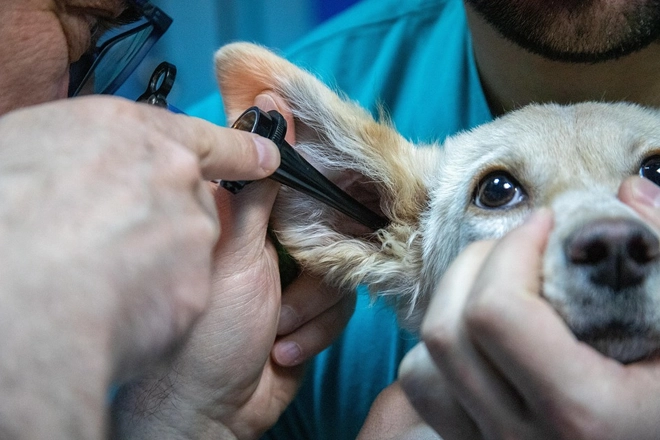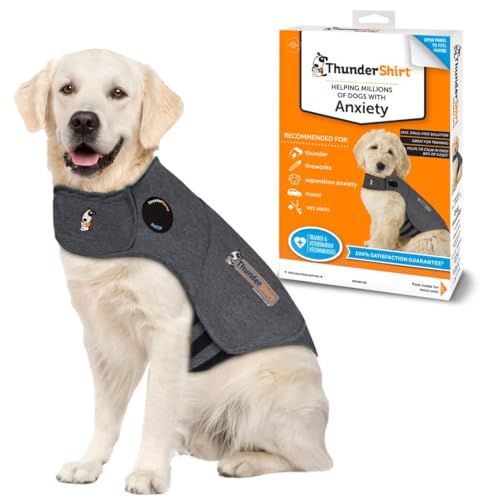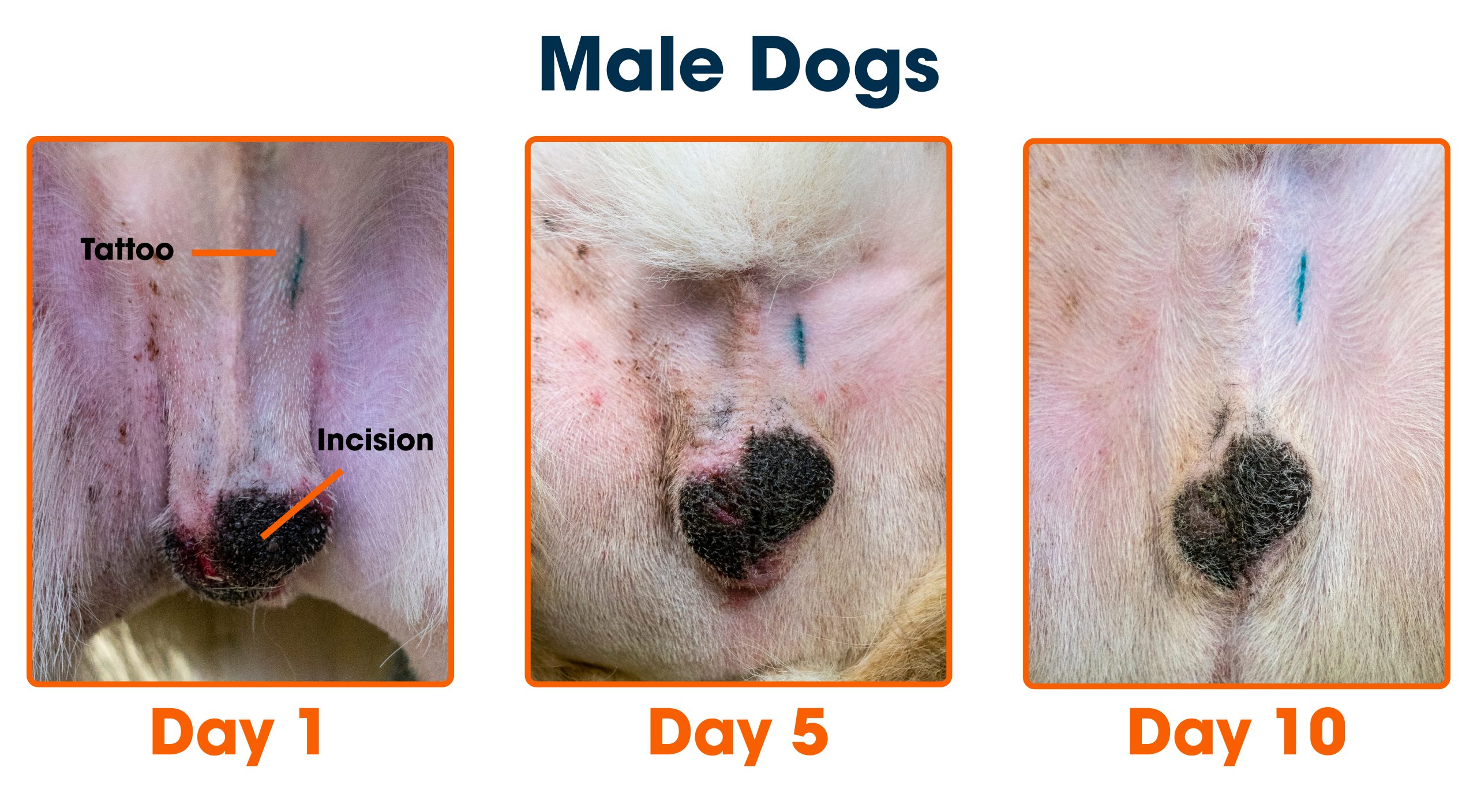If you have a dog, you know how important their health is to you. But have you ever wondered, “How much are vet visits for dogs?” Understanding the costs can help you prepare better and avoid surprises when your furry friend needs care.
Whether it’s a routine check-up or an unexpected visit, knowing what to expect can save you stress and money. You’ll discover the typical prices, what factors affect the cost, and tips to manage vet expenses without compromising your dog’s well-being.
Keep reading to get the full picture and make the best decisions for your loyal companion.
Typical Vet Visit Costs
Typical vet visit costs vary depending on the service your dog needs. Understanding these fees helps plan your pet care budget better. Most pet owners face costs related to checkups, vaccinations, and diagnostic tests. Each visit serves a different purpose, affecting the price you pay.
Routine Checkup Fees
Routine checkups are essential for your dog’s health. These visits usually include a physical exam and health assessment. The cost typically ranges from $50 to $100. Some clinics may charge more based on location or the vet’s experience. Regular exams help catch health issues early, saving money later.
Vaccination Expenses
Vaccinations protect your dog from serious diseases. Common vaccines include rabies, distemper, and parvovirus shots. The price for each vaccine can range from $15 to $30. Some vets offer vaccine packages at a lower total cost. Puppies and older dogs may require different vaccine schedules.
Common Diagnostic Tests
Diagnostic tests check for illnesses or injuries. Blood tests, urine analysis, and X-rays are common examples. These tests can cost anywhere from $50 to $200 or more. The exact price depends on the type of test and the equipment used. Early diagnosis through testing helps ensure better treatment outcomes.
Factors Affecting Vet Prices
Understanding what affects the cost of vet visits for your dog can help you plan better and avoid surprises. Vet prices are not fixed; they change based on several important factors. Knowing these factors lets you make informed decisions about your dog’s healthcare and budget.
Location And Clinic Type
Vet costs vary widely depending on where you live. Urban clinics often charge more than rural ones because of higher operating costs. Specialty clinics or emergency hospitals typically have higher fees than general vet offices.
For example, a routine check-up in a big city might cost $50 to $100, while the same visit in a small town could be $30 to $60. You might also find some clinics offer wellness plans that lower overall costs if you visit regularly.
Dog’s Age And Breed
Older dogs usually require more medical attention, which can drive up vet bills. Puppies need vaccinations, spaying or neutering, and frequent check-ups, adding to costs early on. Certain breeds are prone to specific health issues that might require extra tests or treatments.
Think about a large breed like a Great Dane, which may face joint problems, compared to a smaller breed like a Chihuahua. These breed differences affect the types of care needed and the prices you’ll pay.
Urgency And Complexity Of Care
Emergency visits and complicated treatments cost significantly more than routine exams. If your dog has a sudden illness or injury, expect to pay more for immediate care. Complex surgeries, diagnostic tests, or long-term treatments add layers of expense.
Have you ever rushed your dog to an emergency clinic at night? Those visits are often double or triple the price of regular hours. Planning ahead for routine care can help you avoid these costly surprises.
Additional Expenses To Expect
Vet visits for your dog often come with more costs than just the basic check-up fee. It’s important to be prepared for additional expenses that can add up quickly. Understanding these costs helps you budget better and avoid surprises when your furry friend needs extra care.
Medications And Treatments
After a vet visit, your dog might need medications or treatments that can increase your expenses. This includes antibiotics, pain relievers, or special shampoos prescribed to treat skin conditions. Some medications require multiple doses over several days, so costs can multiply fast.
Think about flea and tick prevention too—these small, regular purchases can protect your dog but add to monthly costs. Have you checked if your vet offers generic options? These can sometimes save you money without compromising your dog’s health.
Specialist Consultations
If your dog has a complex health issue, your vet might refer you to a specialist. These experts in areas like dermatology, orthopedics, or cardiology usually charge higher fees. Specialist visits often require additional tests, which can push the bill even higher.
Consider how much you’re willing to spend for advanced care. Sometimes, getting a second opinion or discussing payment plans with the clinic can help manage costs. Are you aware of local veterinary teaching hospitals? They often offer specialist services at reduced rates.
Emergency Services
Emergency vet visits can be the most expensive and happen unexpectedly. Nighttime or holiday visits typically cost more than regular hours, and emergency care may include urgent surgeries or intensive monitoring. These costs can run into hundreds or even thousands of dollars.
Having an emergency fund or pet insurance can give you peace of mind. What steps can you take now to prepare for an emergency vet visit? Planning ahead can protect both your dog’s health and your wallet.

Credit: medium.com
Ways To Save On Vet Visits
Vet visits can quickly add up, especially if your dog needs regular check-ups or unexpected care. Finding smart ways to save on these costs doesn’t mean cutting corners on your pet’s health. Instead, it’s about planning ahead and using the options available to you.
Pet Insurance Benefits
Pet insurance can be a game-changer for managing vet costs. It helps cover expenses from routine visits to emergencies, reducing your out-of-pocket spending. Think of it as a safety net that lets you focus on your dog’s care instead of the bill.
Many plans offer coverage for vaccinations, dental cleanings, and even some hereditary conditions. Before choosing one, compare policies to find what fits your dog’s needs and your budget. Have you checked if your vet accepts pet insurance? It can speed up reimbursement and lower upfront costs.
Preventive Care Tips
Preventive care is the best way to avoid costly vet visits. Simple daily habits like brushing your dog’s teeth and regular exercise can prevent many health issues. Vaccinations and parasite control also stop diseases before they start.
Schedule yearly wellness exams to catch problems early when they’re easier and cheaper to treat. Keeping a close eye on your dog’s behavior and appetite helps you notice changes that might need attention. Could a small change in diet or routine save you a vet trip?
Discount Programs And Clinics
Look for local discount programs and low-cost clinics in your area. Many animal shelters and nonprofit organizations offer affordable vaccinations and check-ups. These options provide quality care without the high price tag.
Some vets also run special promotions or loyalty programs that can cut costs over time. Ask your vet about payment plans or discounts for multiple pets. Have you explored community resources that could ease your financial burden?
Budgeting For Your Dog’s Health
Keeping your dog healthy requires more than just love and attention—it demands careful financial planning. Vet visits can add up quickly, especially if your dog has ongoing health issues or unexpected emergencies. Budgeting for your dog’s health helps you avoid stress and ensures your furry friend gets the care they deserve without breaking the bank.
Estimating Annual Vet Costs
Start by calculating the typical expenses your dog might need each year. Regular check-ups, vaccinations, flea and tick prevention, and dental cleanings are essentials to include. These routine services usually cost between $200 and $400 annually, but prices vary depending on your location and your dog’s size and breed.
Don’t forget to factor in the cost of medications or supplements your dog might require. Larger breeds often need more medication, which can increase expenses. What health needs does your dog have that could affect this estimate?
Setting Up An Emergency Fund
Unexpected health issues can happen anytime. Injuries, sudden illnesses, or urgent surgeries often come with high vet bills. Setting aside a dedicated emergency fund can give you peace of mind and quick access to care when it matters most.
A good rule of thumb is to save at least $500 to $1,000 specifically for vet emergencies. You might consider a separate savings account or even pet insurance to help cover big expenses. How prepared are you if your dog suddenly needs emergency care?
Tracking Medical Expenses
Keeping a detailed record of all veterinary visits and costs helps you stay on top of your budget. Use a simple spreadsheet or a mobile app to log dates, treatments, and amounts paid. This information can reveal patterns and help you plan better for future expenses.
Tracking also helps when discussing your dog’s health with your vet. You can spot trends or recurring issues and make informed decisions about treatments. Have you ever been surprised by a vet bill because you didn’t track previous costs?

Credit: www.instagram.com

Credit: www.betterpet.com
Frequently Asked Questions
How Much Do Basic Vet Visits Cost?
Basic vet visits for dogs typically range from $50 to $100. Costs can vary based on location and clinic reputation. Routine check-ups often include physical exams and vaccinations. It’s advisable to budget for unexpected expenses. Discussing options with your vet can help manage costs effectively.
Are Emergency Vet Visits More Expensive?
Yes, emergency vet visits usually cost more than regular appointments. Prices can start from $150 and increase with complexity. Emergency care often involves immediate attention, diagnostics, and treatments. It’s wise to have a financial plan for unexpected situations. Pet insurance may help cover emergency expenses.
What Factors Influence Vet Visit Costs?
Several factors affect vet visit costs, including clinic location, services needed, and dog’s health condition. Specialized treatments and tests can increase expenses. Regular preventive care can help reduce long-term costs. Discussing options with your vet ensures you understand potential expenses.
How Can I Save On Vet Bills?
To save on vet bills, consider preventive care and regular check-ups. Maintaining your dog’s health can prevent expensive emergencies. Compare clinics and consider pet insurance for coverage. Discuss available options with your vet to find cost-effective solutions.
Conclusion
Vet visits for dogs vary based on care needs and location. Regular check-ups help catch problems early and keep pets healthy. Costs may seem high but prevent bigger expenses later. Planning and budgeting for vet care is smart for every dog owner.
Healthy pets live longer and bring more joy. Keep your dog’s health a priority with timely vet visits. Small steps now save trouble down the road. Caring for your dog means caring for your family.







